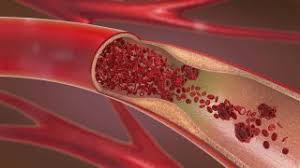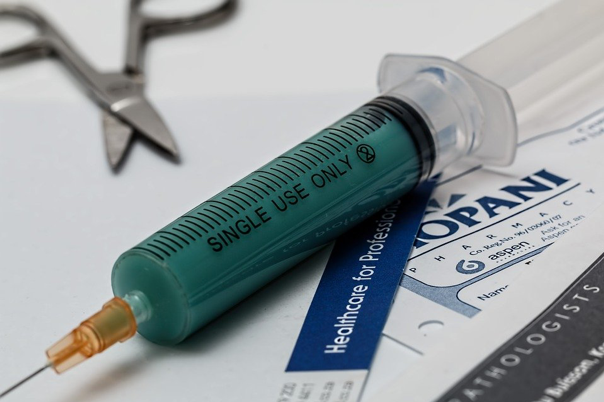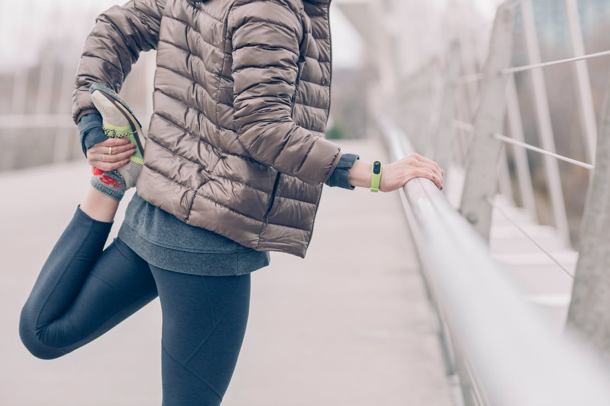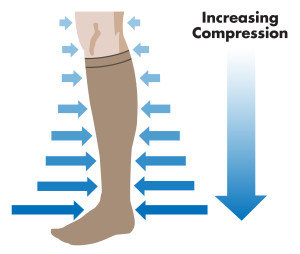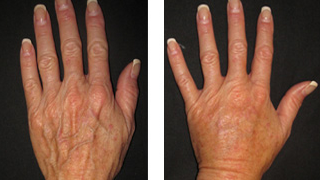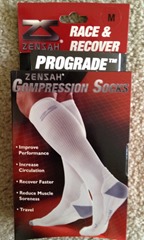How would one define healthy veins? There are significant differences between the functions of the veins and the arteries. As arteries are responsible for transferring oxygenated blood to the body, veins deliver the deoxygenated blood back. In this article, we will discuss veins and how it functions. So let’s begin:
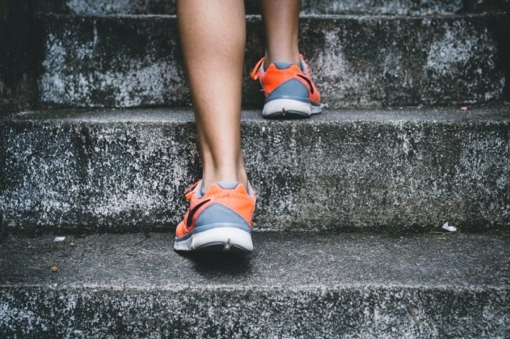
(Source)
Structure of Healthy Veins
Your venous system is a network of veins that collects deoxygenated blood and supplies it to the heart for purification. There are three different layers that form the walls of your veins:
· Tunica Externa
Tunica Externa is the outermost layer of the vein. Composed of connective tissues, this vein is mostly thick. This layer of the wall contains vasa vasorum. These are the tiny blood vessels and supply blood to the vein’s wall.
· Tunica Media
You can refer to the middle layer of the vein as the tunica media. This is a thin layer but is abundant with collagen. Collagen contains a huge amount of protein and is a component of the connective tissue.
· Tunica Intima
This is the inner part of the vein. It contains some connective tissues and endothelium cells. The arrangement of cells has a single layer. There are valves attached to this layer that controls the one-way flow of the blood. The major role of these valves is to avoid the backward flow of the blood. The valves are very active in the legs and arms because of the continuous movement of these body parts.
How Healthy and Abnormal Veins Function
Healthy Veins and Valves
Veins are responsible for bringing blood to the heart for purification. Because these veins pump the blood against gravity, they need to generate enough pressure. Valves in your veins play an essential role in moving the blood against gravity. For instance, when you move your legs while exercising and walking, the veins contract and relax. Such movement of the veins squashes the blood forward.
To prevent the backward flow, valves hold the blood by working as a barrier. As a result, the blood reaches the pelvis all the way through your legs. There are cases when the valves fail to function normally. This happens due to many reasons, such as pressure on the walls. When this happens, the blood builds up in the veins blocking the flow.
The valves work as a pocket on the inside layer of the veins. The upward-pointing valves close when the blood pumps. This prevents the blood from flowing backward. Another upward push of the blood will open the valve. Then the valve closes again, and the process goes on. This helps the veins to flow the blood against gravity.
Common Causes of Varicose Veins
Varicose veins are a common condition that develops when the blood fails to flow in the right direction. Below, you will find some causes for varicose veins:
1. Inability to Close
You may develop varicose veins because of venous reflux. In this condition, the valves inside the vein fail to close. As a result, the valves lose their ability to hold the blood as it flows forward, which accumulates a lot of blood.
2. Damaged Veins
You may also develop varicose veins due to the damaged vein valves. When valves are unable to hold the blood after the relaxation of the veins, the blood flows backward with the contraction.
Conditions Affecting Venous System
There are numerous conditions affecting your venous system. You can find some of these conditions below:
· Deep Vein Thrombosis (DVT)
You can develop a blood clot in your veins, especially in your legs. Transferring the blood from the lower body can be tough, as your veins have to work against gravity. This can lead to build-up or blood clots. This condition can cause pulmonary embolism as the clot travels through the vein and blocks the lungs.
· Superficial Thrombophlebitis
You can also develop a blood clot in your superficial vein. The blood clot can travel to your deep vein and to lunch, causing the above condition. DVT is a serious condition and can disconnect the supply of blood to oxygen.
· Varicose Veins
Varicose veins are not a serious condition but a common one. When your valves do not function properly, it can cause the veins to swell. This can also lead to vein rupture in some cases. This condition can cause bulgy veins visible on the skin’s surface.
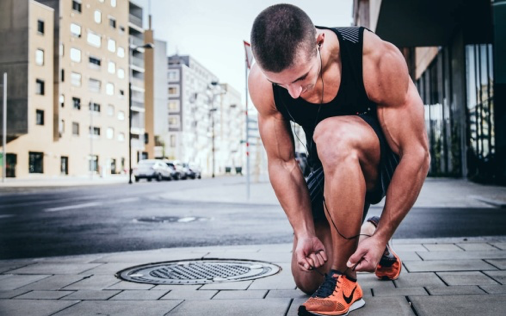
(Source)
· Chronic Venous Insufficiency
When the blood collects inside the deep and superficial veins, it fills the veins with the blood. This improper functioning occurs due to the inability of the valve to close. Even though varicose veins and chronic venous insufficiency are similar, venous insufficiency develops more symptoms such as ulcers.
All About Healthy Veins: Conclusion
Veins can cause various problems due to the backward flow of the blood. These conditions include painful varicose veins and other serious conditions.
If you develop any venous condition, visit our vascular surgery and vein center and consult with Dr. Norman Chideckel. You can contact us and make an appointment at 212-993-6133.



